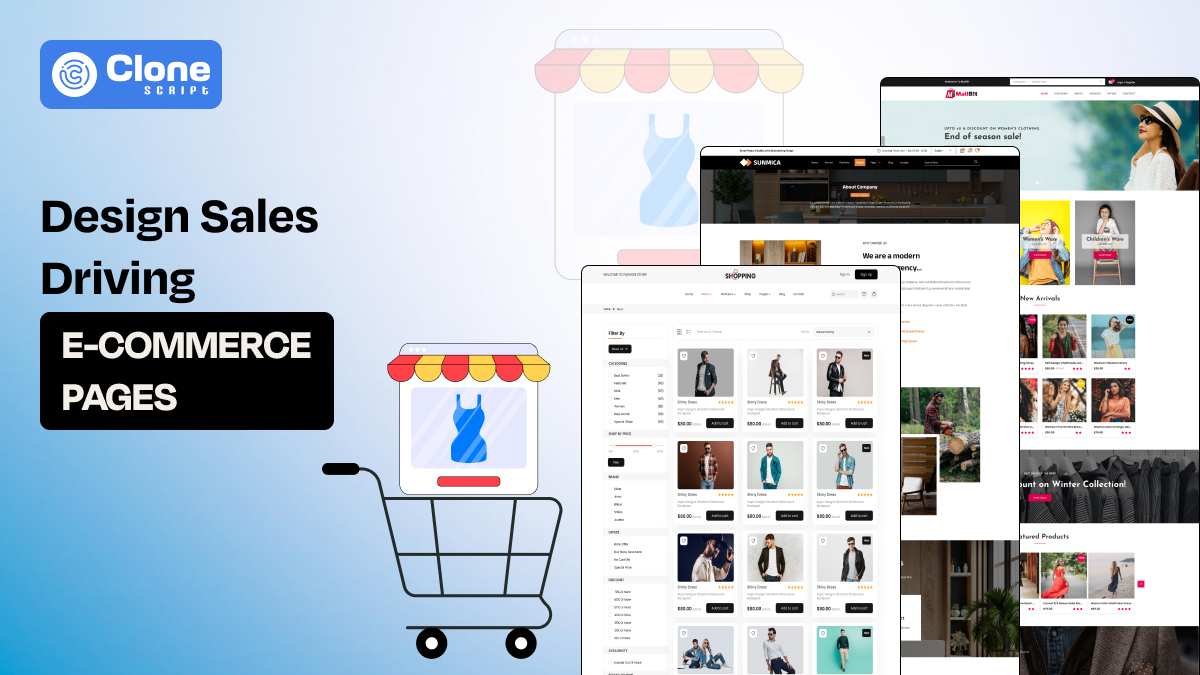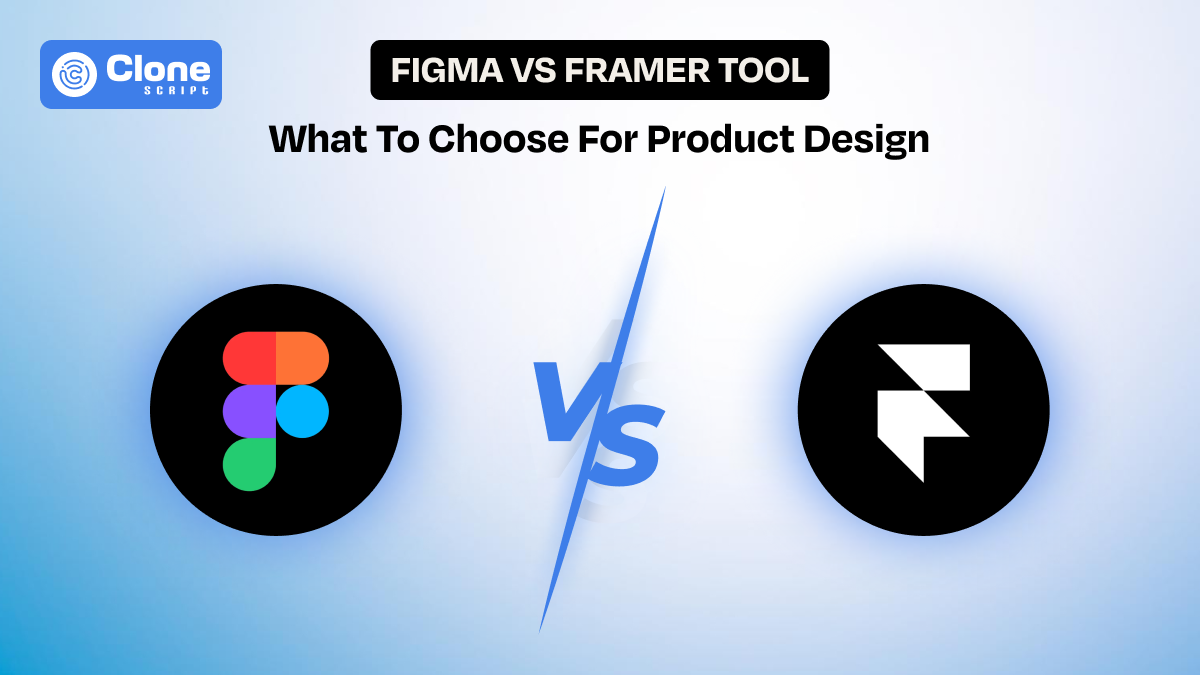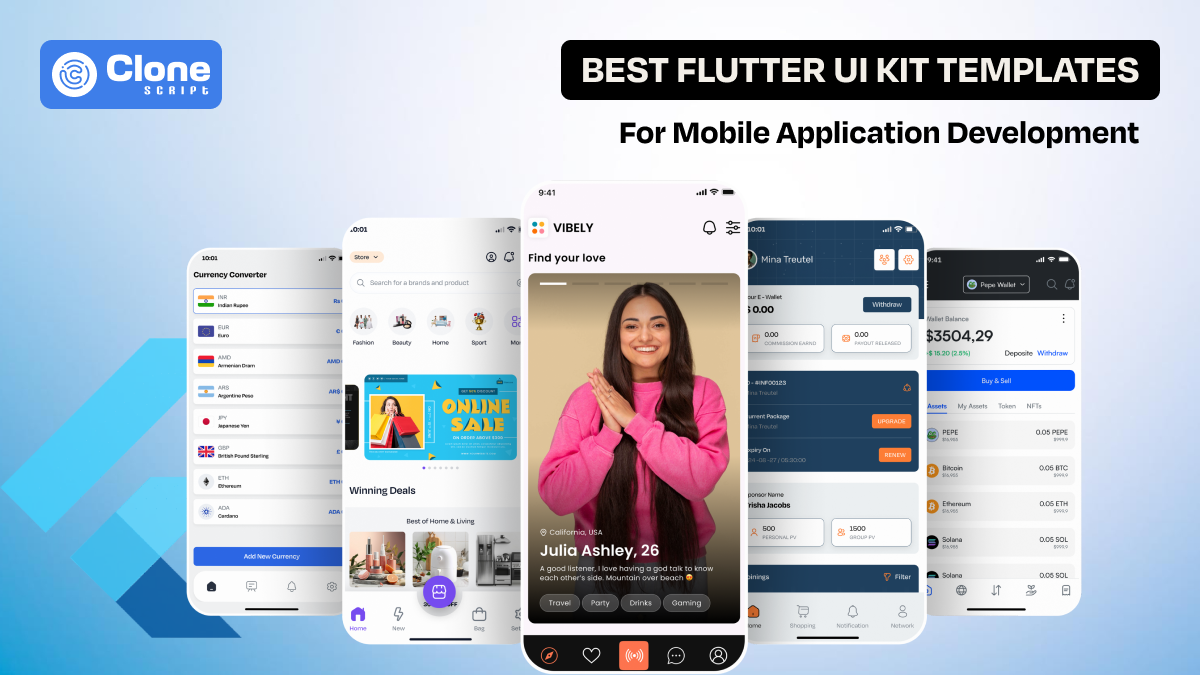How to Design E-commerce Pages That Drive Sales: Best Practices Guide
`If you're running an online store today, you already know: it’s not enough to just have good products.
You need pages that convince people to buy. Your website design decisions can make or break a sale.
Visitors often decide whether they trust your site and whether they'll pull out their wallets within just a few seconds of landing on a page.
So, how do you design e-commerce pages that don’t just look good, but sell?
Let’s walk through the real-world best practices you’ll want to follow if you’re serious about boosting conversions.
Why Your Page Design Matters More Than You Think?
Here's the simple truth: people shop with their eyes first, and their wallets second.
No matter how great your products are, if your e-commerce website feels clunky, confusing, or sketchy, customers will hesitate, or worse, leave altogether.
Good design builds trust. Trust drives sales.
According to Stanford research, 75% of users judge a brand's credibility based on website design alone.
That's not just interesting, it's important for anyone running an e-commerce business today.
7 Practical Best Practices to Make Your e-commerce Pages Convert Better
Let’s know the must-haves when it comes to design, based on what’s working right now.
1. Prioritize High-Quality Product Imagery
Visual appeal plays a significant role in the decision-making process and online shopping experience. Since customers cannot physically touch or interact with your products, high-quality, detailed images are essential for helping them make informed decisions.
Image-related key considerations:
-
Display multiple angles of the product, offering a clear view of all features.
-
Include zoom functionality, allowing users to see fine details.
-
Use lifestyle images to show the product in real-world contexts and help customers visualize its use.
-
Integrate videos when possible to further demonstrate product benefits and usage.
The more comprehensive and engaging your visuals are, the more confident potential buyers will feel about making a purchase.
2. Write Product Descriptions Like You’re Talking to a Real Person
A compelling product description does more than list features, it tells customers how the product solves their problem or meets their needs. Great descriptions build trust, provide essential details, and reinforce the value of the item.
With it, an expert product listing keeps users engaged on your online store.
Best practices for writing product descriptions:
-
Focus on benefits as well as features.
-
Keep descriptions concise, with easy-to-read bullet points for key details.
-
Make sure the tone aligns with your brand voice, whether professional, casual, or friendly.
-
Optimize descriptions for relevant keywords to improve SEO without sacrificing readability.
The goal is to help the customer imagine how the product will fit into their life, increasing the likelihood of conversion.
Additionally, to grow your website's presence in search results, follow the e-commerce SEO checklist. This will improve store organic traffic and make your brand noticeable.
3. Simplify Navigation and User Flow
Website visitors should be able to easily find what they’re looking for without frustration. Intuitive navigation reduces bounce rates and encourages exploration, ultimately increasing the chances of conversion.
Effective website navigation tips:
-
Use clear, well-organized categories to guide visitors. This relates to a high-converting landing page design.
-
Incorporate search functionality with smart filtering options for more precise product discovery.
-
Consider the placement of your navigation; make it visible and easily accessible at all times.
-
Use breadcrumbs to show the user's location on the site and offer quick access to previous pages.
A seamless e-commerce user experience will help keep visitors engaged and make them more likely to follow through with a purchase.
4. Build Trust with Reviews, Security Badges, and Clear Policies
Trust is critical for e-commerce conversion. Customers need to feel confident that their personal information is secure and that your brand can deliver on its promises. Adding social proof and trust signals to your design can significantly increase your credibility.
Trust-building elements:
-
Display authentic customer reviews and ratings prominently on product pages.
-
Use security badges (SSL encryption, secure checkout) to reassure customers that their data is safe.
-
Clearly outline return, refund, and shipping policies, so customers can easily find and read them.
The more transparent and trustworthy your site appears, the more likely customers are to complete their transactions.
5. Streamline the Checkout Process
A complicated or lengthy checkout process is one of the main reasons customers abandon their shopping carts. The key to higher conversions depends on designing the checkout flow as simply and fast as possible.
Checkout optimization tips:
-
Allow guest checkout to avoid requiring account creation, which can deter some users.
-
Minimize the number of form fields, and only ask for information useful to fulfill the orders.
-
Offer a progress indicator so customers know how many steps are left.
-
Provide multiple payment options, such as credit cards, PayPal, and digital wallets, to accommodate different preferences. Crypto payments in e-commerce are becoming popular now.
By making the checkout process smooth and efficient, you reduce processes and encourage customers to finalize their purchases.
6. Use Psychological Triggers to Nudge Customers
Strategically using psychological principles can enhance your design and influence purchase decisions. By tapping into human instincts like urgency and scarcity, you can encourage quicker action from visitors.
Effective psychological tactics:
-
Urgency: Offer limited-time promotions or discounts to prompt immediate action.
-
Scarcity: Indicate low stock levels to create a sense of urgency (e.g., “Only 3 left in stock!”).
-
Social Proof: Highlight "Best Seller" tags or customer favorites to show what’s popular.
-
Authority: Display any certifications, media mentions, or brand partnerships to enhance credibility.
When applied correctly, these tactics help push potential buyers closer to the final decision without feeling pressured.
7. Optimize for Mobile Devices
With more than 70% of e-commerce traffic coming from mobile devices, optimizing your site for mobile is essential to capturing this audience. A responsive, fast-loading mobile site is critical for a smooth shopping experience.
Website mobile optimization tips:
-
Ensure your site design is fully responsive, automatically adjusting to different screen sizes.
-
Streamline content for mobile by eliminating unnecessary pop-ups or large images that slow down load time.
-
Prioritize touch-friendly design with easy-to-click buttons and navigation.
-
Test mobile functionality regularly to ensure that your site works flawlessly on all devices.
An optimized mobile experience improves user satisfaction and also boosts conversion rates by accommodating shoppers on the go.
Case Study Example: How a Focus on Design Drove Success
Gymshark, one of the most successful e-commerce brands globally, attributes much of its success to intentional, user-focused design.
They prioritized:
-
Clean mobile-first layouts.
-
Seamless navigation and checkout.
-
Authentic customer photos and testimonials.
-
Strong branding across every page element.
The result? A valuation exceeding $1 billion and a loyal international customer base.
Conclusion
Designing e-commerce pages that drive sales isn’t about following the latest design trends. It’s about creating an experience that feels effortless, trustworthy, and rewarding for the customer.
By implementing the best practices outlined in this guide, you can:
-
Boost conversion rates.
-
Reduce bounce and cart abandonment.
-
Build stronger relationships with your audience.
In e-commerce, great design isn’t decoration. It’s your most important sales strategy.
Need any help with e-commerce website design? Contact All Clone Script, as we have the potential to optimize for high conversions.
 BTC - Bitcoin
BTC - Bitcoin
 USDTERC20 - USDT ERC20
USDTERC20 - USDT ERC20
 ETH - Ethereum
ETH - Ethereum
 BNB - Binance
BNB - Binance
 BCH - Bitcoin Cash
BCH - Bitcoin Cash
 DOGE - Dogecoin
DOGE - Dogecoin
 TRX - TRON
TRX - TRON
 USDTTRC20 - USD TRC20
USDTTRC20 - USD TRC20
 LTC - LiteCoin
LTC - LiteCoin







